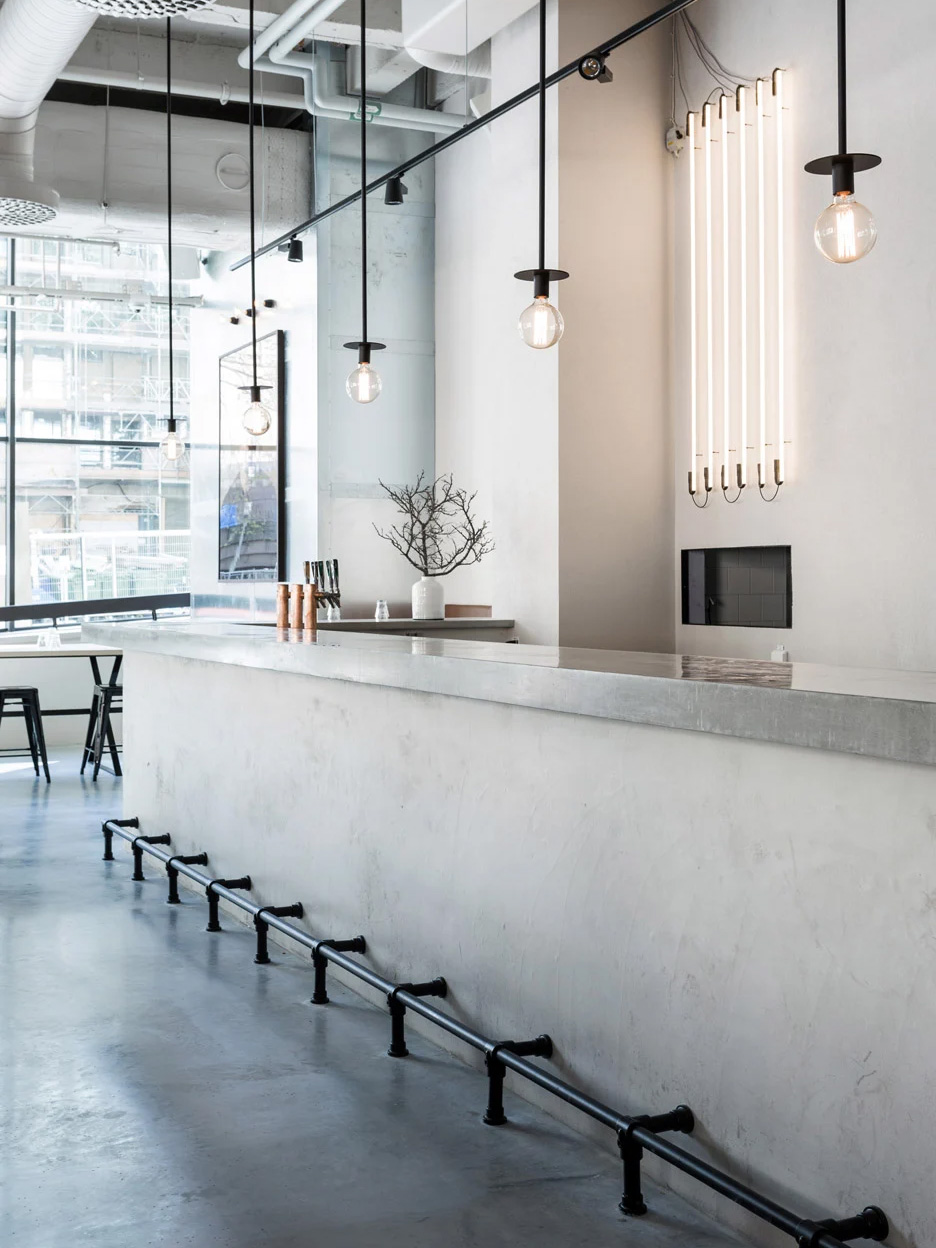How Professional Lighting Transforms Commercial Spaces
Eric2023-12-18T22:16:10+12:00Commercial lighting design is paramount in any commercial space, including offices, retail stores, and industrial facilities. Effective lighting enhances the comfort, safety, and productivity of employees and creates a welcoming environment for customers, which is crucial for a positive business image and customer retention.
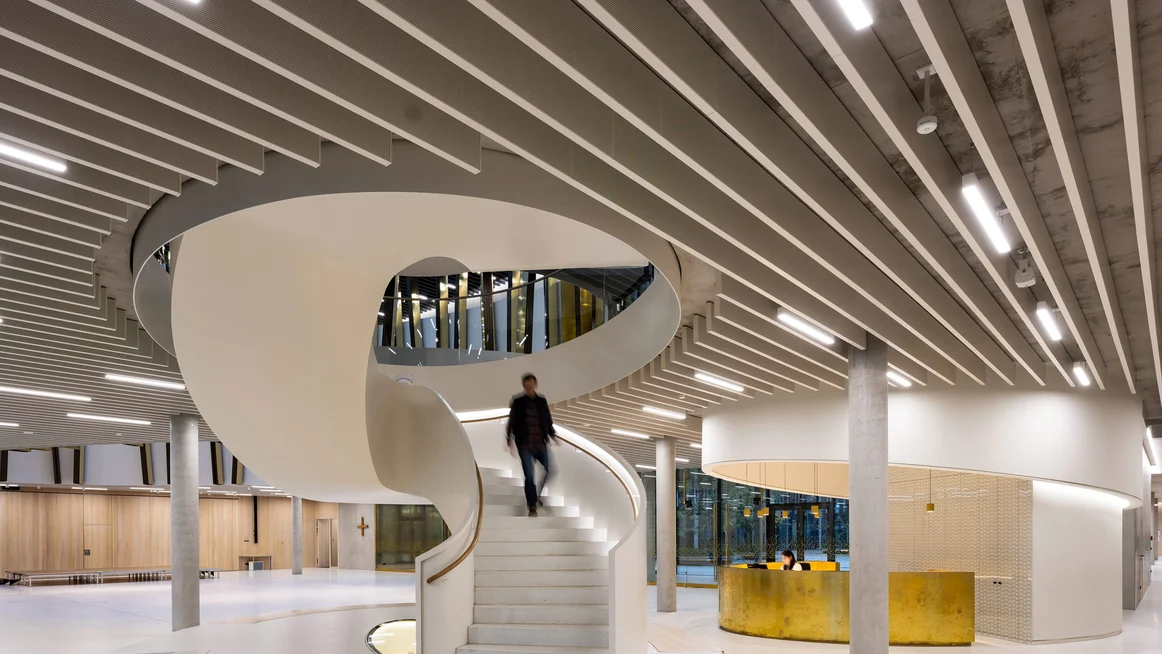
The Functional Benefits of Good Lighting Design
Good lighting design in commercial spaces serves multiple purposes. It improves visibility and safety, essential for preventing accidents and creating a safe working environment. Additionally, well-designed lighting enhances productivity by reducing eye strain and boosting alertness. In terms of ambiance, lighting plays a pivotal role in setting the mood, thereby influencing customer behavior and time spent in the commercial space. Highlighting key features of a space, such as displays and architectural elements, is another crucial aspect of lighting design.
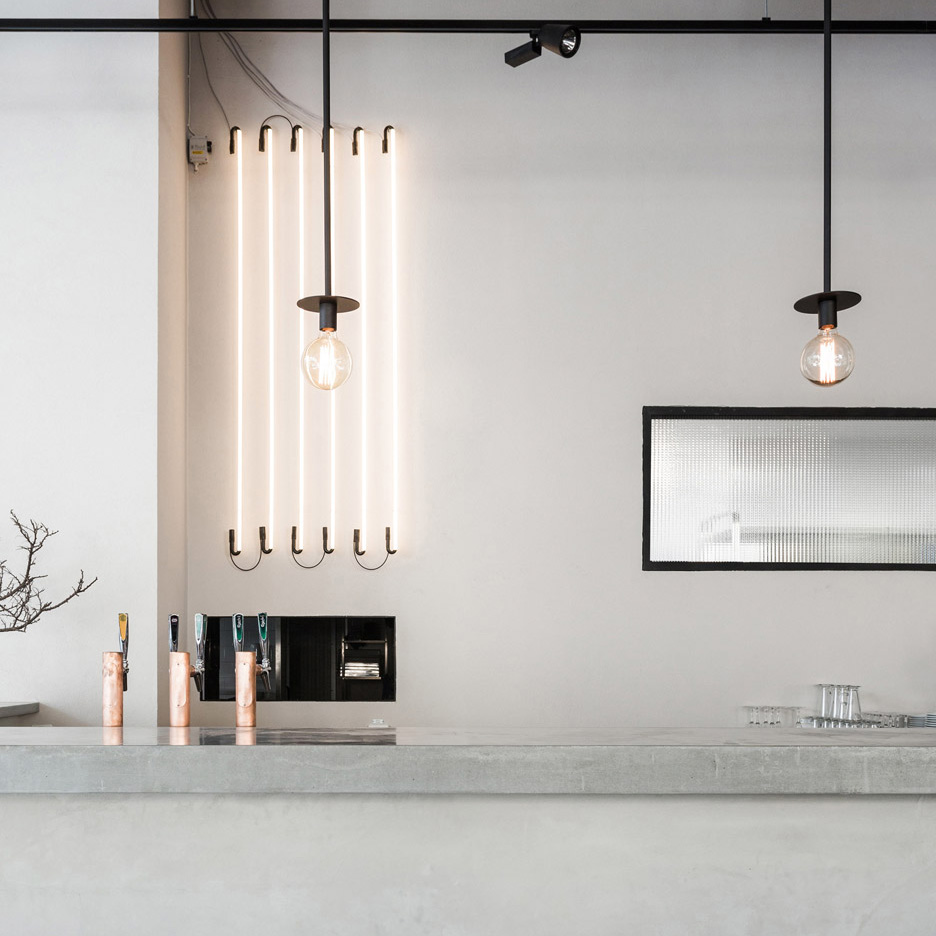
Advantages of LED Lighting in Commercial Spaces
LED lighting is particularly beneficial for commercial spaces due to its energy efficiency, which lowers both carbon footprint and energy costs. The customizability of LED lights allows for optimal color temperature, brightness, and beam angles to suit different space requirements. Their long lifespan translates to reduced maintenance costs, and their easy installation process is an added advantage. Furthermore, LED lighting often qualifies for energy-efficiency incentives, making them a financially viable option.
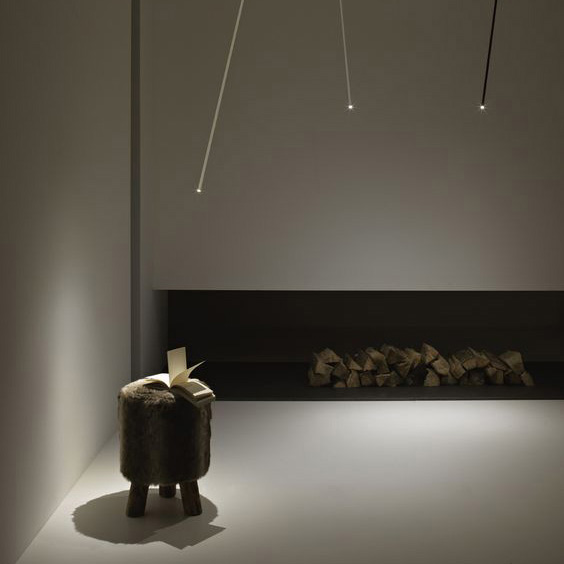
Professional Services for Lighting Design
Professional lighting design services can significantly enhance the effectiveness of lighting in commercial spaces. Services range from simple lighting layout plans for spaces like warehouses and open offices to more complex architectural lighting designs that integrate digital simulations and 3D renderings. These services ensure that the lighting meets both functional and aesthetic requirements.
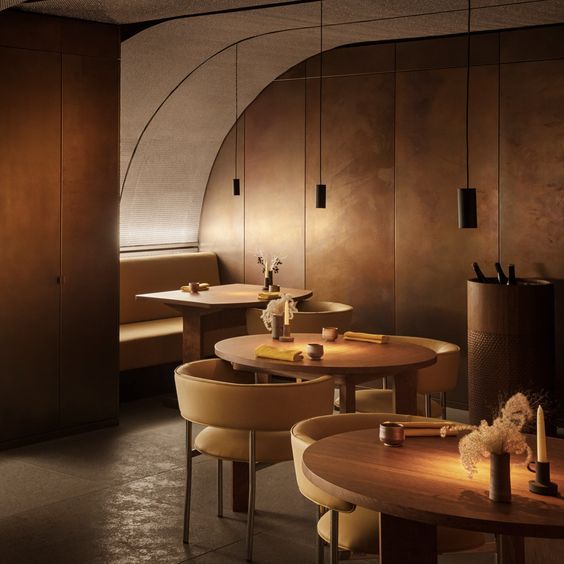
Lighting Design in Restaurants
In the restaurant industry, lighting is critical for shaping customer experiences and enhancing the presentation of food. The right lighting setup avoids common mistakes like improper dimming and poor color temperature settings, which can negatively impact the dining experience. Various lighting aspects like ambiance, dimming, highlighting artwork, and exterior lighting play a significant role in setting the right mood and attracting customers.
Understanding the technical aspects, like color temperature (CCT) and color rendering index (CRI), is crucial in restaurant lighting. These elements significantly impact the ambiance and appearance of the restaurant, requiring a well-rounded understanding for effective implementation.
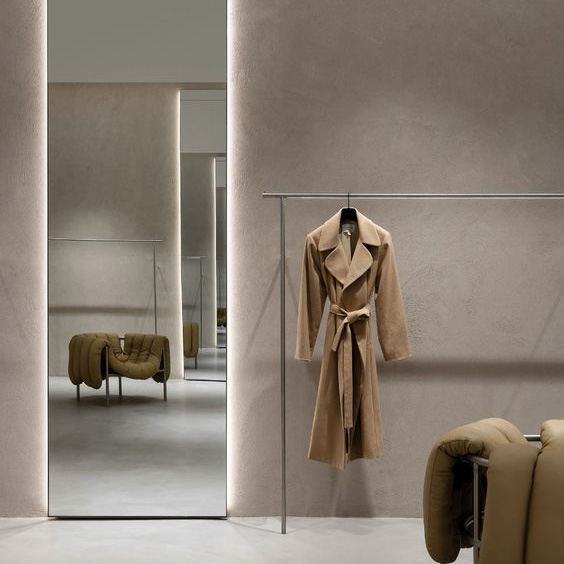
Lighting Design in Luxury Retail Stores
In luxury retail, lighting is essential for creating a positive in-store experience and driving sales. It influences how shoppers perceive items and navigate through the store. The right lighting makes a store appear larger, brighter, and more welcoming, and helps in branding by reflecting the store’s style.
Different types of retail lighting like accent lights, which are perfect for luxury aesthetics, play a significant role. Choosing the right brightness and color temperature is vital for enhancing the beauty of merchandise and creating the desired environment.
Even illumination throughout the store is key to a comfortable and inviting retail space, aiding in product recognition and potentially increasing sales. Ceiling lights are a good source of even illumination for stores with multiple displays.
Energy-efficient lighting, such as LED bulbs, is highly recommended for sizable retail stores. LED lighting is expected to dominate the market by 2030, favored for its long-lasting, energy-efficient qualities, especially in stores emphasizing high-end fashion and jewelry.
Identifying the focus and ambiance of the store is crucial in lighting design. This involves deciding which products to highlight and the type of atmosphere to create. The layout of lighting fixtures should be carefully planned, considering their placement and the overall harmony of different light sources.
Lastly, showcasing merchandise with accent lighting, including task lighting and spotlights, draws attention to specific products and creates an inviting atmosphere for customers.
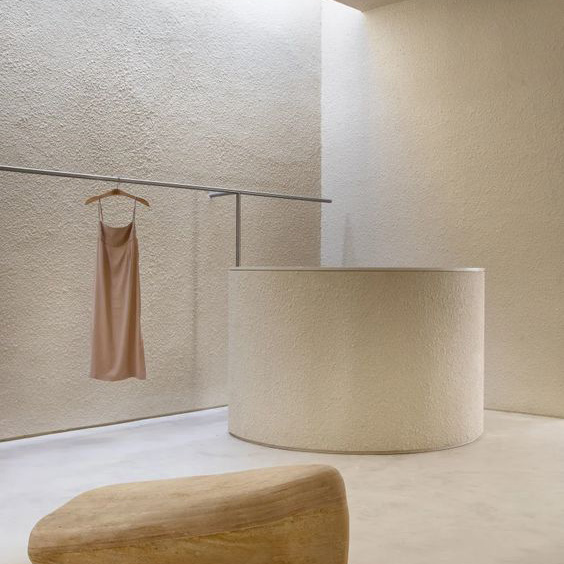
In conclusion, professional commercial lighting design is not just about illuminating a space; it’s about creating an environment that enhances the perceived value of products, influences customer behavior, and aligns with the brand’s identity. By understanding and applying these principles, EAGO Lighting can significantly impact the commercial spaces it illuminates, elevating both functionality and aesthetic appeal.
